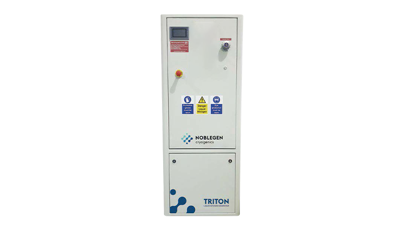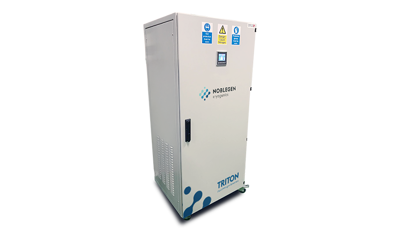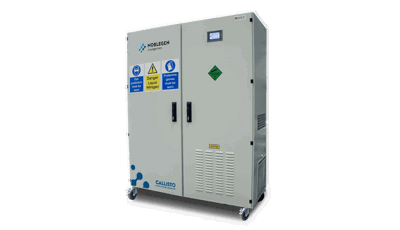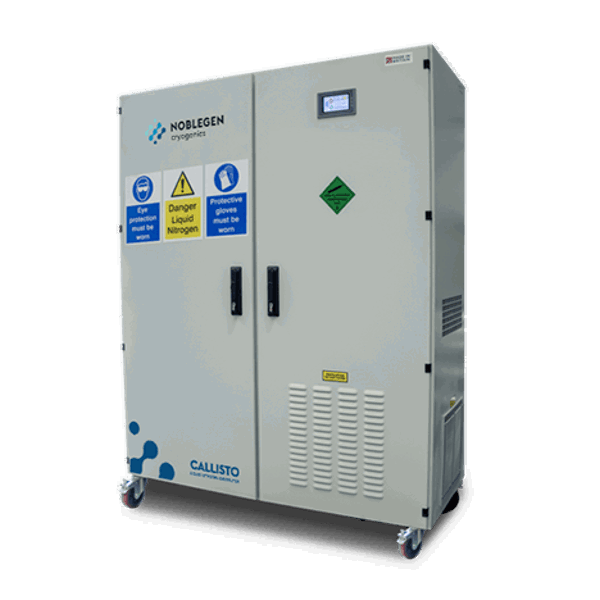
How do liquid nitrogen generators work?
Liquid nitrogen generators are essential tools in modern cryogenics, providing a convenient and efficient way to produce liquid nitrogen on-site. But how do they work, and which processes allow the creation of this ultra-cold substance? Understanding how liquid nitrogen is produced involves exploring the principles of gas separation, cooling, and compression. This guide breaks down the science behind LN₂ generators, offering insight into the technology and mechanisms that drive these systems.
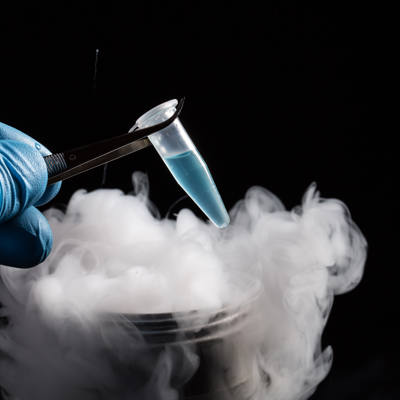
What is liquid nitrogen?
Liquid nitrogen is the liquefied form of nitrogen gas (N₂), a colourless, odourless, non-flammable element that makes up about 78% of Earth’s atmosphere. When nitrogen is cooled to a temperature of -196°C (-321°F), it condenses into a clear, pale liquid. In this state, it exhibits extremely low boiling temperatures and can absorb large amounts of heat, which makes it highly effective for rapid freezing and cooling applications.
Liquid nitrogen’s ability to reach cryogenic temperatures makes it indispensable for scientific research and industrial processes that require extreme cooling, precise temperature control, or rapid thermal changes.
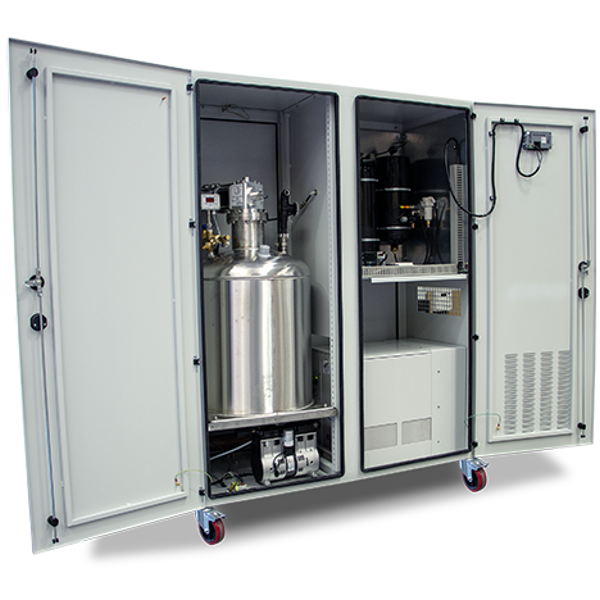
What is a liquid nitrogen generator?
A liquid nitrogen generator is a self-contained system designed to produce liquid nitrogen on-site, eliminating the need for external supply or bulk deliveries. Generators work by extracting nitrogen directly from ambient air, purifying it, and cooling it to cryogenic temperatures to convert it into liquid form.
There are lots of different types of liquid nitrogen generators, ranging from compact units for laboratory use to large-scale industrial systems. While the specific design and technology may vary, all generators share the same goal: to provide a reliable, cost-effective, and safe source of liquid nitrogen whenever and wherever it’s needed.
Using a liquid nitrogen generator offers significant advantages, such as reduced boil-off loss, greater control over supply and purity, and improved safety. This makes them especially valuable in remote locations, busy research labs, or industries with high nitrogen demand and strict quality requirements.
Learn more about the benefits of on-site generation in our article:
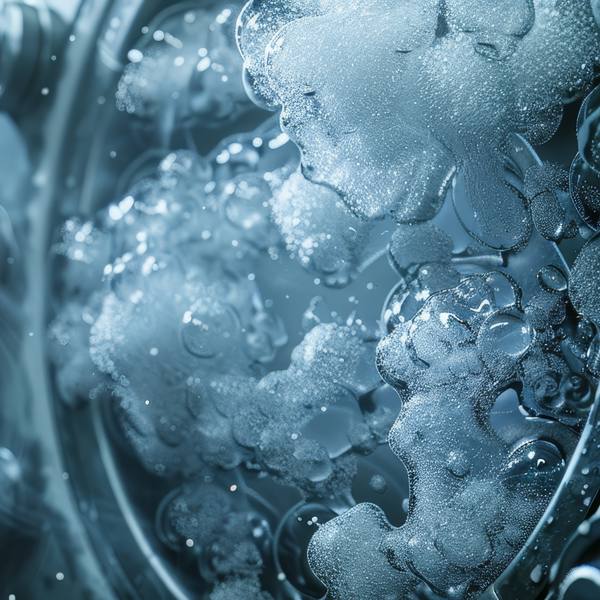
How does a liquid nitrogen generator work?
Liquid nitrogen generators are designed to produce LN₂ on-site, offering a reliable, cost-effective, and efficient alternative to delivered supplies. Noblegen liquid nitrogen generators create high-purity liquid nitrogen from ambient air using a fully automated, multi-stage process. This allows laboratories, medical facilities, and industrial operations to generate LN₂ on demand, eliminating the need for storage tanks or refills.
The process of creating liquid nitrogen starts with drawing in ambient air and ends with the production of ultra-cold, liquefied nitrogen. Here's a breakdown of each key step involved in the making of liquid nitrogen:
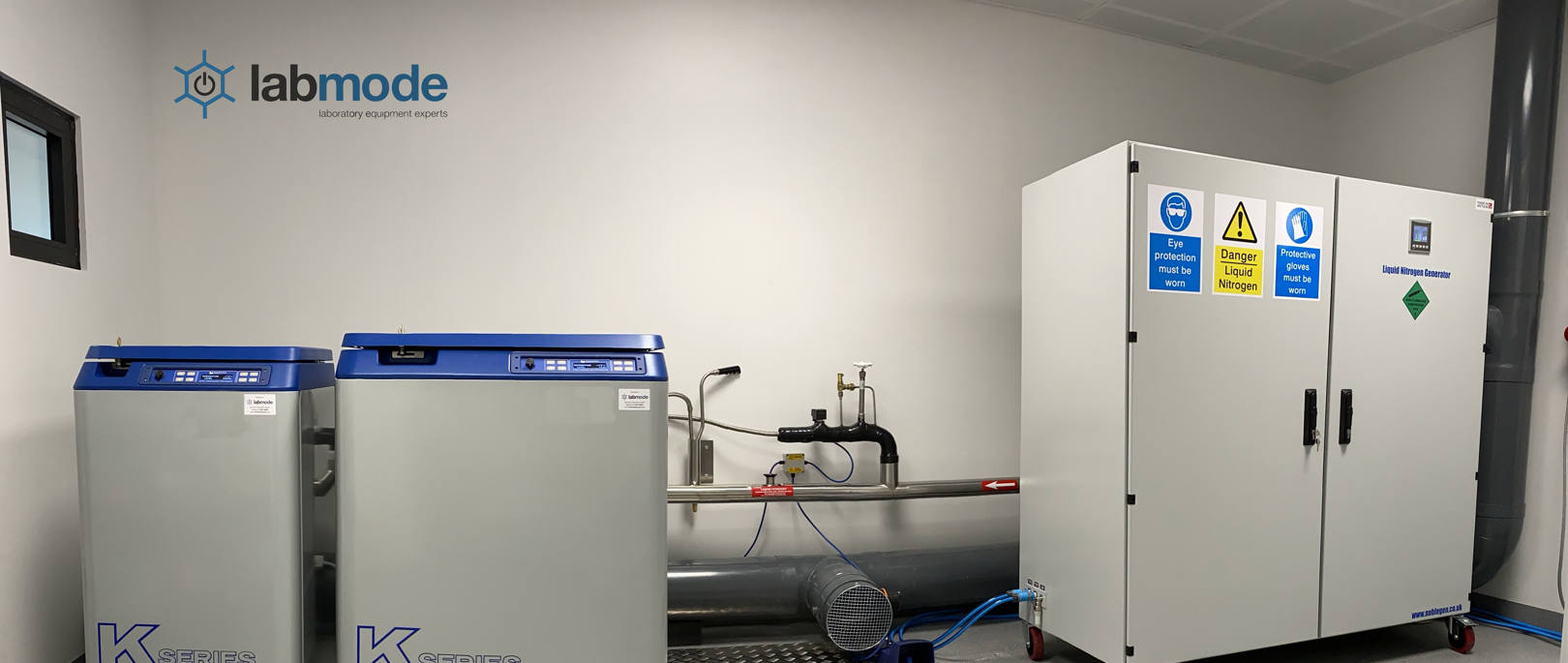
1 - Compression
Nitrogen gas is produced by compressing ambient air using an oil-free air compressor. Depending on the size of the system, one or more compressors may be used. The compressed air then passes through multiple filtration stages to remove contaminants, including moisture, dust, and microorganisms, such as bacteria. This filtration ensures the gas remains clean and suitable for further processing.
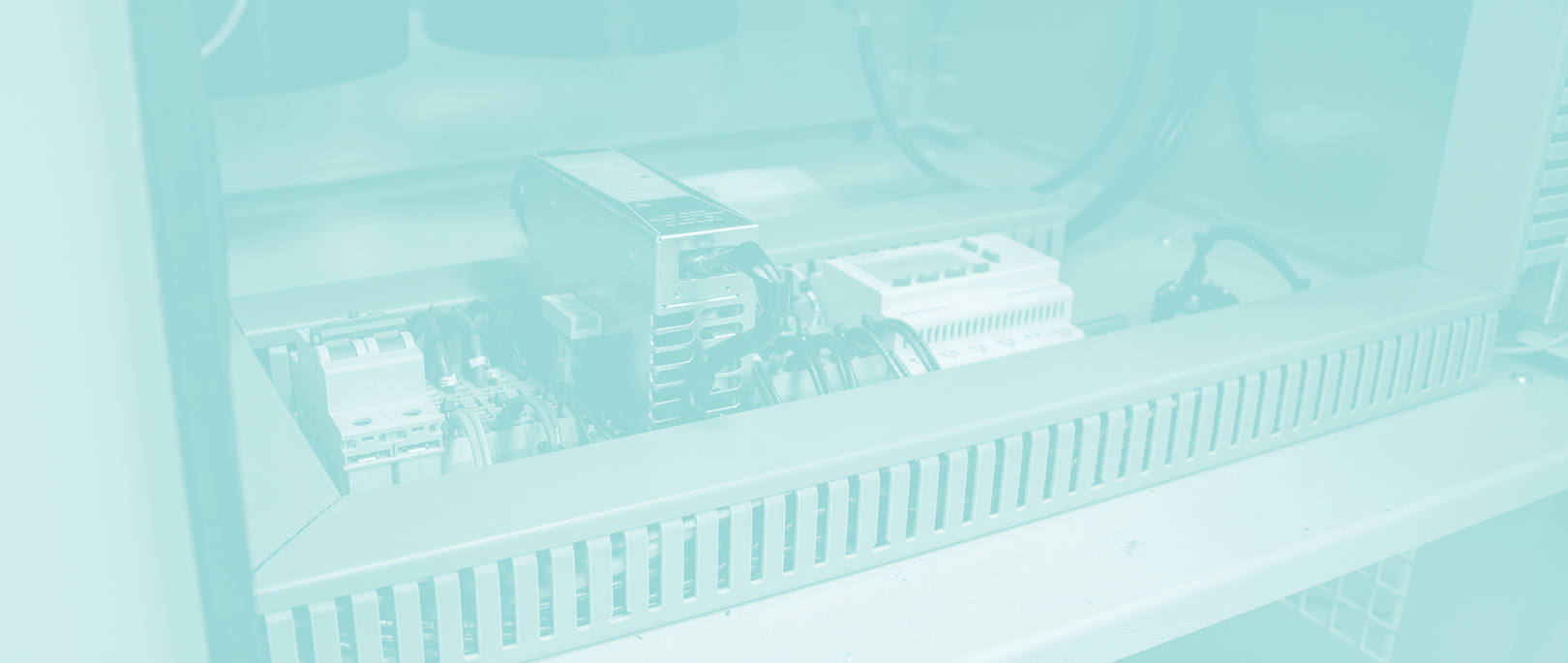
2 - Separation
The core technology used for nitrogen separation is Pressure Swing Adsorption (PSA). This method uses a molecular sieve to selectively adsorb gases like oxygen and carbon dioxide, allowing nitrogen to pass through. The result is a high-purity nitrogen stream.
Higher nitrogen purity requires a greater volume of input air and more energy, leading to larger systems. An alternative method is membrane separation, which uses selective gas permeability through hollow fibres to separate nitrogen from other gases in a simpler, more compact system, typically with lower purity output.

3 - Purification
A nitrogen purity level of around 99% is often chosen because it strikes an effective balance between gas quality, equipment size, energy use, and cost. In many applications, nitrogen serves a temperature control function, rather than coming into direct contact with samples. For example, in vapor-phase storage, opening the system allows small amounts of ambient air to enter, making ultra-high purity unnecessary. In such cases, 99% purity is more than sufficient for reliable and effective operation without adding unnecessary complexity.
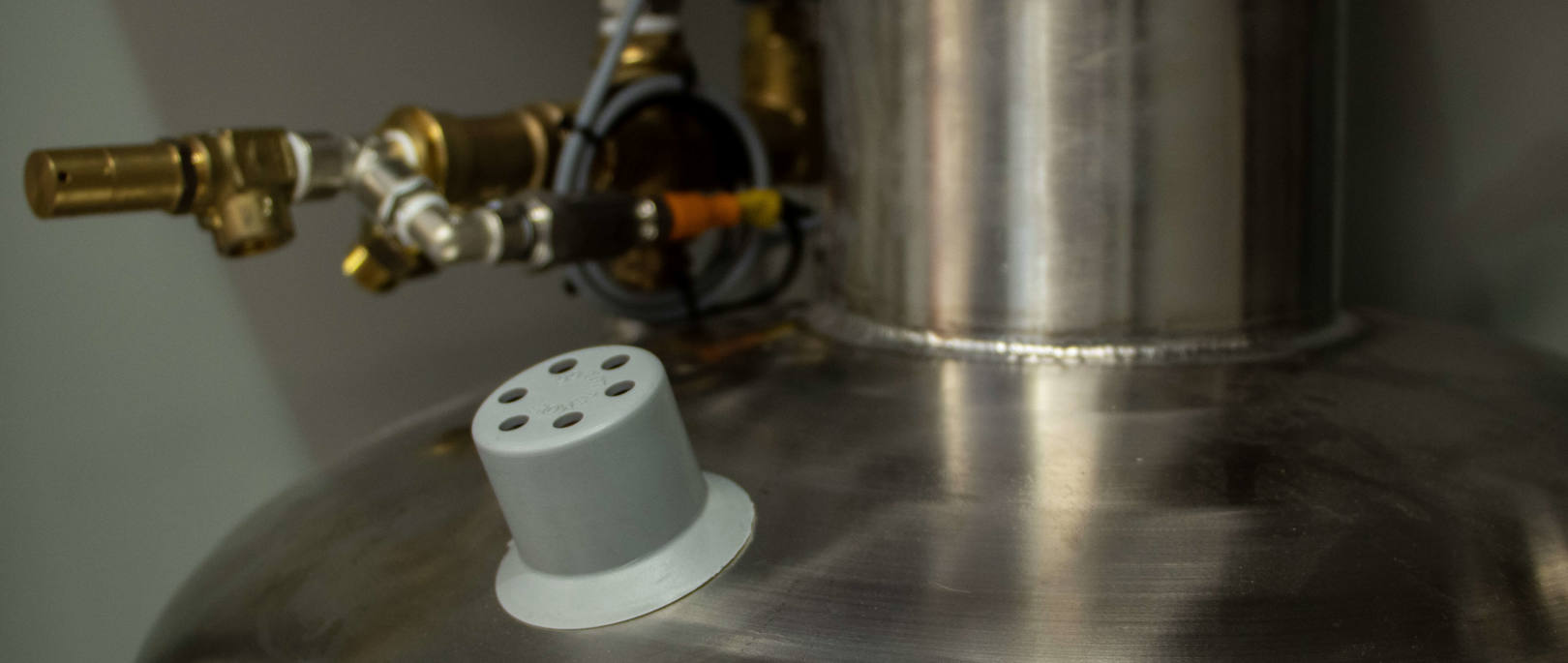
4 - Liquefaction
Once nitrogen gas is generated, it is directed into a vacuum-insulated, sealed vessel designed to maintain cryogenic temperatures. Inside this vessel, the nitrogen gas circulates around the cold head of a cryocooler, where it comes into contact with extremely cold surfaces. This causes the nitrogen to condense into a liquid, collecting at the bottom of the vessel, much like how water vapour condenses on a cold surface.
The system is engineered to minimise product loss. Thanks to the sealed and insulated design, much of the nitrogen that evaporates during storage is efficiently recondensed, significantly reducing the boil-off losses commonly seen in conventional storage systems. A small amount of natural boil-off still occurs because the vessel is equipped with pressure relief and safety valves.
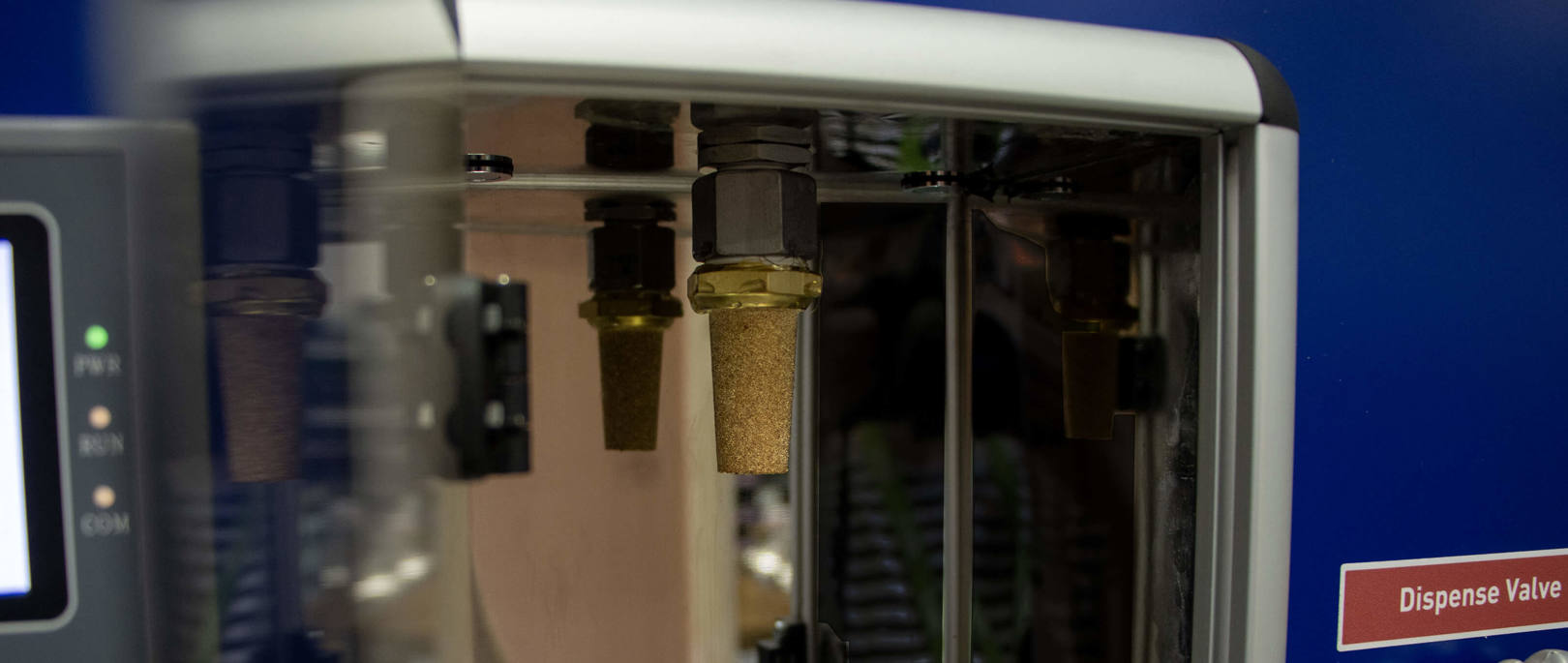
5 - Storage and Dispense
After liquefaction, the liquid nitrogen is collected and held in an integrated, vacuum-insulated internal storage tank. This tank is designed to maintain cryogenic temperatures while minimising heat ingress and product loss. Once stored, the system enters the dispense stage, where liquid nitrogen can be delivered safely and efficiently to the point of use. Dispensing typically occurs via a direct transfer line, LN₂ hose, or into cryogenic containers, cryovials, or dewars, depending on user needs.
Common applications of liquid nitrogen generators
Various industries benefit from on-site LN2 generation. Liquid nitrogen being one of the most popular cryogens finds its use in industrial applications like cooling and freezing processes, sample preservation in healthcare, IVF and animal husbandry, as well as cryogenic research applications in material science and analytical chemistry.
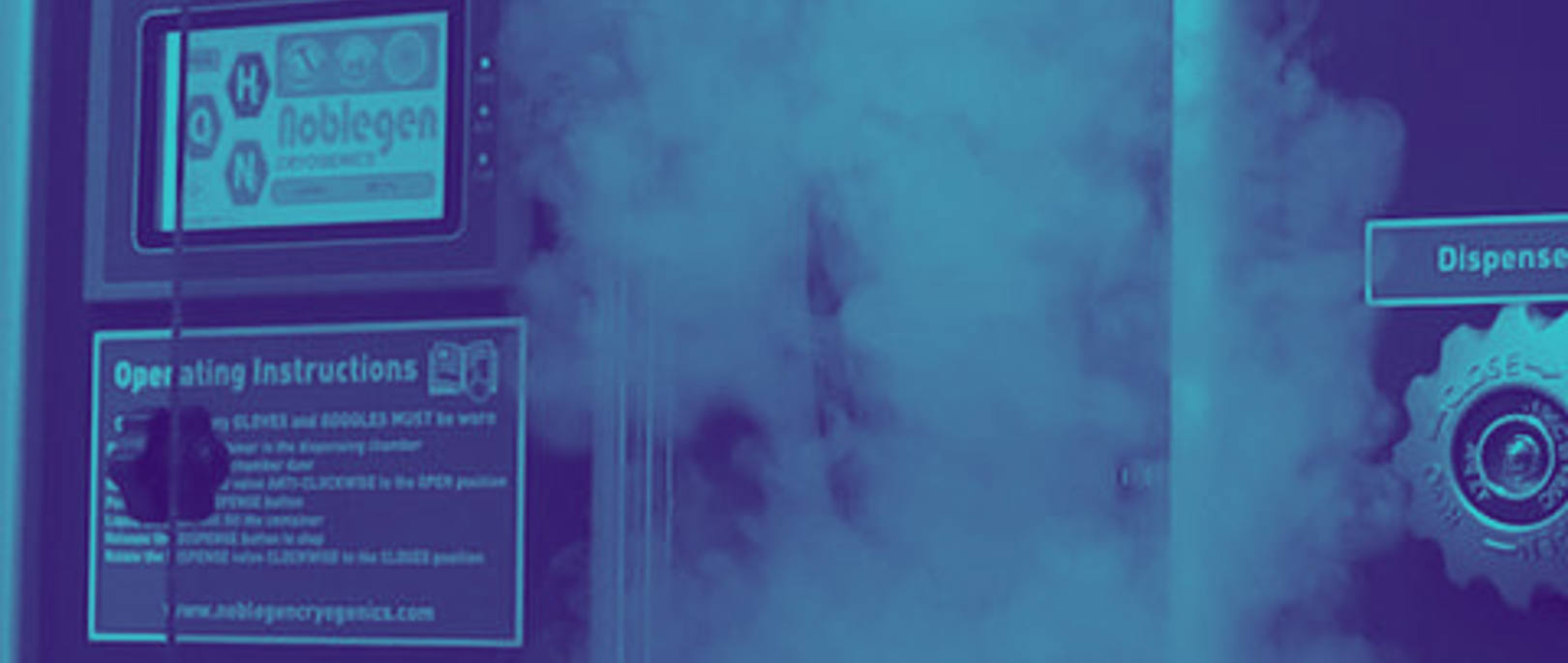
Are all nitrogen generators the same?
The core principle (separating and cooling nitrogen from air) is the same across all of our generators, but their design, output, and capacity differ based on the intended application. Some generators are compact and designed for laboratories, producing small quantities of liquid nitrogen on demand, while others are large and more rugged industrial systems for demanding applications.
Whether you're operating a small lab requiring daily LN₂ access, or a multi-department research facility with high-volume needs, a Noblegen system offers a safer, more reliable way to generate your own supply instead of relying on external deliveries.
Choosing the right model depends on your LN₂ demand, mechanical and electrical setup, and operating environment.
Triton
Our Triton series are a singe-cabinet, small footprint group of generators able to produce 5-20l/day. Easy to install and operate because of its the plug-and-play design, a Triton generator is an air-cooled, low maintenance solution for smaller-scale applications where small volumes are required frequently. Ideal for:
Labs
Research units
Dermatologists
Universities
Callisto
The Callisto series is built for higher volume production and storage, making it ideal for facilities with larger or less frequent LN₂ needs, producing up to 60 litres a day.
Clinics and healthcare
Hospitals
Larger research projects
Material science
Cryopreservation
Titan
The skid-based Titan series are designed to meet more demanding applications requiring a constant large supply. The open skid design allows for larger production and storage size, supporting up to 800 litre production per day, with a tank volume of 300, 1000 or 2000 litres. Ideal for:
Academic research
Animal husbandry
Manufacturing
Pharmaceutical
Frequently Asked Questions
What is cryogenics?
Cryogenics is the science and technology of producing and working with materials at extremely low temperatures, typically below -150°C (–238°F). At these temperatures, nitrogen becomes a liquid and is used in a wide range of applications, including food freezing, cryopreservation, and cooling in medical and industrial fields. Cryogenics is essential for processes like superconductivity, cryopreservation, and the production of liquid nitrogen itself.
What is a cryogenic dewar?
Cryogenic dewars are specialised, highly insulated containers made for the handling of cryogenic liquids including liquid nitrogen and liquid helium. These containers typically have multiple layers with a vacuum space in-between, to enhance insulation. This helps to minimise heat transfer from the surrounding environment that causes the cryogen to evaporate. The materials liquid nitrogen dewars are made of (usually aluminium or stainless steel) are chosen for their low thermal conductivity.
What are cryogenic tanks?
Cryogenic tanks are specialised containers designed to store and transport liquefied gases at extremely low temperatures, such as liquid nitrogen, oxygen, or argon. Built with high-grade insulation and pressure-resistant materials, these tanks maintain the cryogenic temperatures needed to keep gases in their liquid state.
How long does liquid nitrogen last in a cryogenic tank?
The hold time for liquid nitrogen in a tank depends on the tank’s insulation quality, size, and usage rate. Smaller dewars may hold LN2 for a few days to a week, while large, well-insulated storage tanks can maintain liquid nitrogen for weeks with minimal boil-off loss.
How do cryogenic freezers work?
Cryogenic freezers use liquid nitrogen to rapidly freeze biological samples, foods, or other materials. By exposing the item to LN2 vapour or direct contact, the freezer quickly brings temperatures down to preserve structure, minimise ice crystal formation, and halt biological degradation.
What is the difference between liquid nitrogen generators and liquefiers?
The terms liquid nitrogen liquefier and liquid nitrogen generator are often used interchangeably, but they can imply different things based on the exact technology they reference.
A nitrogen liquefier on the other hand converts the existing (already separated and pure) gaseous nitrogen into liquid nitrogen.
What’s the difference between cryogenics and refrigeration?
Refrigeration typically involves cooling to temperatures above -100°C, such as in food storage or air conditioning. Cryogenics, on the other hand, deals with much lower temperatures, often required to liquefy gases and conduct specialised scientific research.








